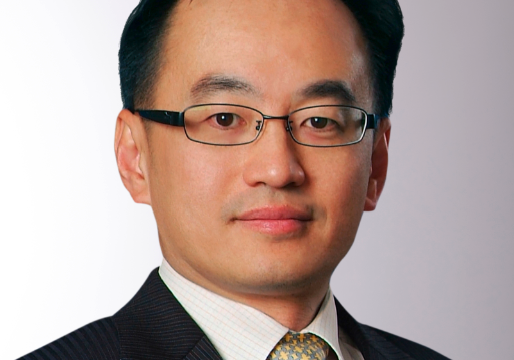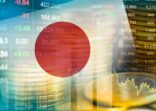Raymond Chan, Allianz Global Investors
This summer, China A-shares are slated for inclusion on major global indices, which should provide an A-share market lift. However, Chan believes that the driver for the asset class will be earnings growth.
“The fundamental picture for earnings growth is very good and valuations are really attractive, so if I have to pick a country, I would go for China,” he said at a recent media briefing in Hong Kong.
Since the fourth quarter last year, pricing power for companies in most sectors has come back, according to Chan. “Airlines have been increasing fares and consumer stocks have also been increasing prices.”
One reason why pricing power in China has improved is supply-side reform, which involves pressuring inefficient state-owned enterprises to restructure or shut down. The government started to implement the policy last year.
“They have actually talked about this for a while, but no one really believed it was serious or that it was going to work. But since last year, we’ve started to see the commitment from the government and they really meant to shut down some of these capacities.”
Like Chan, Jason Low, DBS Bank’s senior investment strategist, is positive in Chinese equities. However, he prefers Chinese companies listed in Hong Kong, or H-shares, than those listed in the mainland, which are A-shares. Comparing the two, he said the reasons for the H-share preference are cheaper valuations, a better regulatory environment and capital flows from mainland China.
More R&D spending
One theme that Chan will be looking at is innovation across Asia.
“Some of the themes that we talked about in the last couple of years remain valid, such as the consumption story and the global recovery. But one key trend we haven’t been really talked about deeply is the innovation in Asia.”
For example, China spends more on research and development now than the European Union. It is also expected that it will surpass that of the US this year, Chan said.
As of the end of 2015, US expenditure on R&D was $462.8bn, while China’s R&D spending totalled $376.86bn, according to OECD data.
In Korea, R&D spending as a percent of GDP is now on par with Israel, which is often considered as an innovation leader, Chan added.
R&D expenditure in Asia-Pacific is expected to hit $1trn by 2020, which is more than the combined expenditure of $900bn in Europe and the US, according to Chan.
“The story here is that Asia is no longer a copycat. Asian companies are going to come up with more innovative products and services and that is the trend for us to focus on in the next five-to-10 years.”
Valuations the key
Chan also believes that Asia equities, which are backed by a weaker dollar and improving earnings, will outperform global equities in 2018.
Because the performance of Asian equities was driven largely by earnings, valuations are not that expensive. “They continue to trade at a very attractive discount compared to global markets.”
However, beating 2017 performance is unlikely. “I am not expecting the same kind of magnitude in terms of last year’s performance.”
Like Chan, Ayaz Ebrahim, Hong Kong-based co-head of the Asia-Pacific regional team at JP Morgan Asset Management, believes that valuations are not that expensive. However, he noted that they are no longer cheap.
“We are not looking at stretched valuations, but we are no longer looking at cheap valuations. So what’s key going forward is looking at earnings for 2018,” Ebrahim said.
The three-year performance of the Allianz Asia-Pacific Equity Fund, managed by Chan, versus its benchmark index.


















